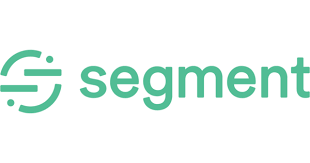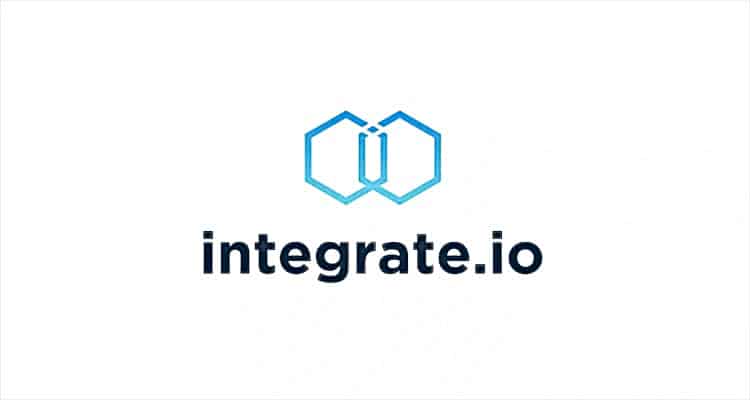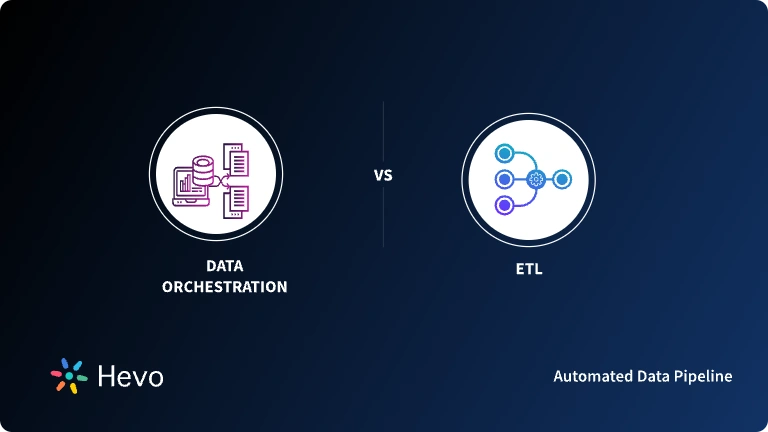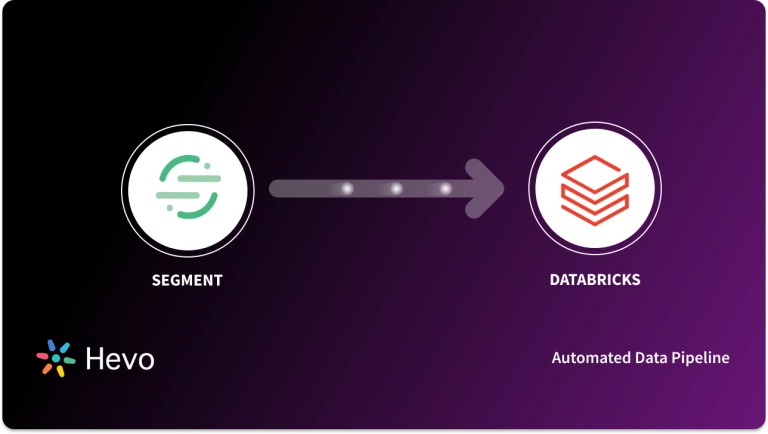Nowadays, effectively managing customer information is vital for businesses seeking to enhance their decision-making processes. Segment, a robust Customer Data Platform (CDP), empowers organizations to unify their data from diverse sources, enabling a seamless flow of information across various applications and platforms. However, to fully harness this potential, businesses need effective ETL (Extract, Transform, Load) tools that can efficiently integrate and process data from Segment.
This blog explores the top ETL tools that support Segment as a source, providing insights into their features, advantages, and pricing options. Whether you’re a data engineer or a business leader, understanding these tools can help streamline your data operations and improve your customer insights, ultimately driving better business outcomes.
Table of Contents
Introduction to Segment

Segment is a powerful Customer Data Platform (CDP) that streamlines customer data collection, organization, and distribution across various platforms and applications. It serves as a centralized hub for gathering data from different sources, such as websites, mobile apps, and other customer touchpoints. Segment allows businesses to unify their data into a single view, making it easier to analyze and act upon.
Key Features Of Segment
- Data Collection: Easily gather data from websites and mobile apps using simple SDKs, allowing tracking of user interactions like clicks and purchases without heavy coding.
- Unified Customer Profiles: Combine data from various sources to create a single customer profile, helping businesses better understand and tailor their marketing efforts.
- Real-Time Data Processing: Process data instantly, enabling quick responses to customer actions, such as sending personalized offers immediately after interactions.
- Third-Party Integrations: Seamlessly connect with various analytics and marketing tools, allowing businesses to use unified customer data without manual effort.
- Data Governance and Privacy Compliance: Built-in features ensure compliance with regulations like GDPR and CCPA, helping businesses collect and manage customer data responsibly.
With Hevo you can transfer your data to a data warehouse in minutes, without any code! Hevo’s simple interface allows you to connect major destinations with 150+ sources (60+ free) like Segment and other SaaS software and databases.
With its fully automated, no-code pipeline and drag-and-drop transformations, Hevo will save your company time and ensure data quality and security.
Here’s why you should explore Hevo:
- Streamlined Integration: Easily connect and integrate data from diverse sources.
- Effortless Transformations: Apply transformations without coding complexities.
- Real-Time Updates: Keep your data current with continuous synchronization.
Check out why the world’s leading API platform, Postman, chose Hevo.
Get Started with Hevo for Free
Understanding the Segment ETL Process
- Extracting Data from Segment:
- Websites: Segment tracks user interactions through JavaScript libraries that send data to the Segment platform.
- Mobile Apps: Segment collects data from mobile applications using SDKs (Software Development Kits) integrated into the apps.
- Transforming Segment Data
- Data Quality: Ensure data is accurate, complete, and error-free before analysis.
- Consistency: Standardize data formats and structures to maintain consistency across different data sources.
- Scalability: Design transformation processes to handle increasing volumes of data efficiently.
- Loading Data into Target Systems
- ETL Batch Loading: Load data in scheduled batches to manage large volumes and minimize impact on system performance.
- ETL Streaming: Continuously use real-time data pipelines to load data into target systems for immediate availability.
Incremental ETL Loading: Only load new or updated data since the last load to optimize performance and reduce redundancy.
Factors to consider while choosing a Segment ETL Tool
- Ease of use: The ease of setting up a new ETL process or modifying an existing one is an important factor to consider. Drag-and-drop is excellent, but it may become quite messy if it is not intended to allow sophisticated ETL data modeling assembly, for instance.
- Ease of Maintenance: Maintenance is very critical for any ETL tool. You need to ask yourself questions like, “What level of expertise will you or your team need to maintain the ETL system’s proper operation?” or “How robust and user-friendly are its error logs?”. For instance, if one of your data sources is malfunctioning, how soon will you be able to identify and resolve the issue?
- Robust Support: No matter how simple a tool is, assistance is sometimes required. You might need help with set-up or if you come across any errors. You must consider factors such as the tool’s documentation, availability of live support and an online community.
- Built-in Integrations: If an ETL tool has custom integrations for the majority of your data sources, the time required to launch your data warehouse can be drastically reduced. Your data could be ready to use in a matter of hours or even minutes with the appropriate integrations.
It can be time-consuming for data engineers to find the Segment ETL tool that is most appropriate for their company. So, here are the top 5 ETL tools that support Segment as a source:
1. Hevo
Hevo is a data pipeline platform that enables you to easily replicate data from all your sources to the destination of your choice, run transformations for analytics, and deliver operational intelligence to business tools.
Hevo is easy to use even for non-technical users, as it is a no-code data pipeline. You can save time and effort because it is fully automated and requires virtually zero maintenance.
You can scale your data infrastructure as required because the platform supports 150+ ready-to-use integrations along with 60+ free sources. Hevo has a very intuitive UI to make setting up an ETL pipeline easier for you.
Hevo also provides pre-load transformation, meaning you can transform your data multiple ways before loading it to the destination. Hevo is compatible with both ETL and ELT. Before loading, you may quickly convert your data, so it is ready for analysis when it enters your data warehouse.
Hevo provides around-the-clock help like Intercom online chat and email support options. Issues are resolved swiftly and immediately. The documentation is exhaustive and routinely updated to reflect version changes, etc.
2. Stitch
Stitch facilitates the replication of data into cloud-based data warehouses, enabling you to quickly access analytics and make faster decisions. Stitch is a fully managed, scalable service with prebuilt connectors to over 100 data sources that allows you to query new data in minutes.
It is relatively easy to use as no coding knowledge is required to move data in Stitch. It has an excellent user interface and is fast.
Stitch also enables users to build new sources following the specifications outlined in Singer (an open-source toolkit for writing scripts). However, the client needs to possess strong programming skills to accomplish this.
Stitch does not transform the data before loading it. It may modify the data by translating data types to ensure that it is compatible with the destination. This means Stitch will only perform the necessary transformations to ensure the data is useful and compatible with the destination.
Stitch provides no training services. Stitch offers its clients chat help within the application. However, only enterprise clients have access to telephone help. The documentation is comprehensive and open source. Stitch provides no training services.
Stitch offers two facility-based pricing options, each consisting of regular and enterprise tiers. These plans are available for subscription on a monthly and annual basis. Additionally, Stitch offers people a 14-day free trial.
3. Fivetran
Fivetran is a cloud-based ETL tool that enables smooth data transmission. Fivetran is utilized to efficiently collect business processes and customer information from connected applications, websites, and servers. The collected data is then transferred to other analytics, marketing, and warehousing applications.
Fivetran provides nearly 150 cloud platforms, SaaS applications, and database connectors. It supports several destinations for data warehouses, although data lakes aren’t an option. You may request a new data source, but only the Fivetran team can create new data sources and make other modifications.
Although Fivetran does not offer training services, the company’s product documentation is comprehensive. Additionally, it offers in-app help where you can use the app to find solutions to your queries.
Fivetran utilizes a consumption-based pricing strategy with three tiers: beginner, standard, and enterprise. You can use Fivetran’s 14-day free trial period to check if it’s compatible with your needs.
4. Panoply
Panoply is a cloud-based, end-to-end data management system. Panoply is an ELT platform with integrated visualization capabilities and storage optimization algorithms.
The availability of helpful community support is one of the most significant advantages of Panoply.
Automated Materialized Views (AutoMV) feature offers the same performance advantages as materialised views created by the user. The automatic materialization of views is excellent and allows you to create highly complex views without considering runtime. Support representatives are generally responsive and helpful.
But, materialization processes occasionally experience issues (downtime) and are not properly visible on the platform.
If you haven’t planned ahead, organizing folders can be complex because you cannot select more than one at a time.
Panoply offers five pricing editions. Their prices can go upto $2729. They offer a free trial too.
5. Integrate.io

Integrate.io assist e-commerce businesses in constructing a 360-degree customer view. They help in generating a single source of truth for data. It enhances customer insights through better operational insights, and maximizing advertising return on investment.
Their highly proficient support staff is one of the company’s chief advantages. They provide excellent support for technical products.
When a job fails, it can be challenging to determine the cause based on the Error Log provided as it can be pretty minimal.
But, the user experience is excellent. Each function and usability have been streamlined.
The pricing plans are not public, and you need to contact Integrate.io directly for pricing information.
Challenges and Solutions in Segment ETL
- Data Privacy and Compliance:
- Ensuring compliance with GDPR and CCPA while processing Segment data.
- Best practices for data anonymization and encryption.
- Handling Large Data Volumes:
- Strategies for managing and processing large volumes of Segment data.
- Example: Techniques for partitioning and parallel processing.
- Maintaining Data Consistency:
- Ensuring consistent data flows from Segment to target systems.
- Tools for monitoring and resolving data discrepancies.
Learn More About:
Final Thoughts
We have listed the top 5 ETL Tools that support Segment as a source in this article. Some people may be looking for more affordable prices, a more comprehensive range of integrations, or a pipeline that requires less manual labor. There are alternatives available for each of these aspects of the situation.
Extracting complex data from a diverse set of data sources to perform insightful analysis can be challenging, and this is where Hevo saves the day! Hevo provides a faster way to move data from databases or SaaS applications like Segment into your data warehouse for visualization in a BI tool. Fully automated, Hevo eliminates the need for coding, making data integration effortless.
Explore Hevo’s 14 day free trial and experience the feature-rich Hevo suite first hand. You can also have a look at the unbeatable Hevo pricing that will help you choose the right plan for your business needs.
FAQ
1. What does the ETL stand for?
ETL stands for Extract, Transform, Load. It is a data processing framework used to gather data from various sources, transform it into a format suitable for analysis, and load it into a target system, such as a data warehouse or database.
2. Where is Segment used?
Segment is particularly useful for organizations that need to unify customer data from multiple sources, create detailed customer profiles, and leverage this data for targeted marketing, personalized experiences, and comprehensive analytics.
3. What is the difference between segment and Hightouch?
Segment handles data collection and integration, Hightouch focuses on data activation by pushing insights from data warehouses into actionable applications.










